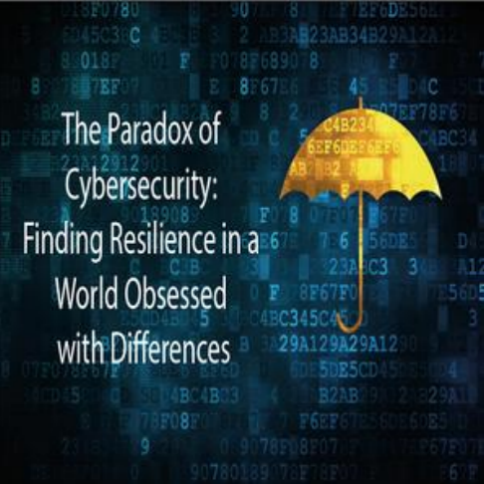In personal finance, saving money is often seen as the foundation of having financial security. For those who have considerable spending ability, the idea of increasing savings can provide a feeling of safety and peace of mind. Yet, depending only on savings for financial success can lead to expensive errors. It’s important to know that saving and financial planning are different, and recognizing this difference is key to creating long-term wealth.

The Hidden Cost of “Safe” Savings
Savings accounts may feel secure, but they come with an unseen cost: inflation slowly diminishes their value. With interest rates remaining low, the money generated from these accounts often does not match the growing expenses of everyday life. To encourage economic growth, central banks globally have maintained these low rates, resulting in the funds in savings accounts gradually losing worth over time.

For wealthier individuals, this decrease in purchasing power can be quite substantial. Take a 2% inflation rate, for example, and consider a large savings amount. Over ten years, the actual worth of that money can significantly decrease, undermining the “safety” that savings accounts are supposed to offer. Moreover, failing to invest that money in more beneficial areas can result in lost chances for progress.
The Paradox of Security
Seeking financial security just through saving is a contradiction. Although it might seem reassuring to have cash on hand, this method overlooks essential long-term aims like building wealth and achieving financial freedom. People with high incomes commonly fall into the trap of saving too much, thinking that a sizeable cash reserve guarantees a carefree future. Yet, this way of thinking may hinder them from taking smart risks that could significantly increase their wealth.

Behavioral economists have studied “loss aversion” for many years. This term describes the inclination of individuals to prioritize the avoidance of losses over the pursuit of gains.This mental bias often leads individuals to accumulate money in savings accounts, even when the potential benefits of investing are much greater than the risks involved. In personal finance, this fear of risk can be a limiting factor, preventing those who wish to reach higher levels of financial achievement from doing so.
Unleashing the Power of Financial Planning
Genuine financial stability is not determined by how much money is in a savings account; rather, it depends on the ability to build a diversified investment strategy that effectively manages both risk and reward. Comprehensive financial planning includes a variety of tactics, like putting money into stocks, bonds, real estate, alternative investments, and starting new businesses. For individuals with substantial wealth, a thoughtful financial strategy can mean the difference between simply maintaining their wealth and increasing it.
One effective strategy involves directing some funds towards investments that have historically exceeded inflation rates, like stocks. Although stock markets can fluctuate greatly in the short run, investing long-term in strong companies can lead to impressive returns. Moreover, considering alternative investments, such as private equity, hedge funds, or venture capital, can enhance diversification and open doors to unique opportunities that typical investors might not have access to.
A Holistic Approach to Wealth
Creating a financial plan is not just a single event; it is an ongoing process. Those who spend heavily need to set specific goals, assess their comfort with risk, and develop a flexible strategy that includes how they spend, manage taxes, prepare for retirement, and plan their estates.Using a holistic approach to managing wealth helps break the belief that merely saving guarantees safety. By moving away from fear-based saving and towards thoughtful actions, utilizing available resources, and taking informed risks, it is possible to overcome this misunderstanding and establish a strong financial future.





